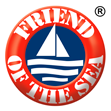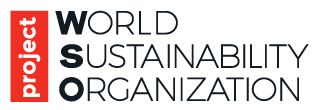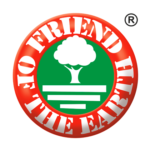What are the Standard Criteria set by Friend of the Sea?
Can both fishing and aquaculture sites be FoS certified?
Yes, they can. Friend of the Sea is the only international programme that can certify products from both fisheries and aquaculture with the same trademark.
Friend of the Sea believes consumers want only a sustainability ecolabel for seafood. Moreover, aquaculture and fisheries are strongly connected because of the potential reciprocal impacts and because fish feed mostly originates from wild-caught fish stocks. Therefore, Friend of the Sea standard includes requirements for sustainable fishmeal, fish oil and fish feed production.
Who sets the criteria for certification?
Initially, the Friend of the Sea Advisory Board set the criteria following consultation of key NGOs’ criteria and stakeholders’ opinions. Since 2008, based on a policy of continually improvement, several modifications have been incorporated.
Currently, during a public consultation period, the Friend of the Sea Technical Committee collaborates by sending comments and voting on the content of seafood standards developed and revised by the Friend of the Sea Technical and Scientific Department. Their votes are fundamental for the approbation or not of the standard(s).
Nonetheless, prior to such approval, the Friend of the Sea Advisory Board reviews all the proposed changes to ensure they are in compliance with FAO guidelines. Meetings and voting take place online.
If approved, Accredia has to validate the standard(s) and finally the Board of Directors ratify the them.
The Friend of the Sea Technical Committee members, and any interested party, can also send comments at any time on how standards are working and how to improve them. In this case, the inputs are considered during the subsequent revision process.
How can I join the Technical Committee?
Stakeholders interested in becoming members of the Technical Committee can apply by sending an updated CV to the following email: info@friendofthesea.org.
Every three years, 14 to 21 members from different areas of activity and geographic region are elected to serve on the Friend of the Sea Technical Committee. The Friend of the Sea Technical and Scientific Department carries out a selection process in which the Friend of the Sea Advisory Board analyses potential members’ CVs (spontaneously received or upon request) and elects, by vote, the members of the subsequent term.



